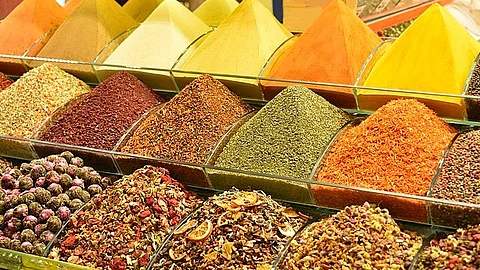According to the FSSAI statement, the Central Insecticide Board and Registration Committee (CIB and RC), established by the Insecticide Act of 1968, is responsible for overseeing pesticide regulations on behalf of the Ministry of Agriculture and Farmers Welfare.
More than 295 pesticides have been registered in India by the CIB and RC, 139 of which are approved for use on spices. Of the 243 pesticides that have been adopted by the International Codex Alimentarius Commission on Pesticide Residues, 75 of them are suitable for use with spices. As part of the Joint FAO/WHO Food Standards Programme, the Codex panel was established to create food standards.
The current criteria issued by the European Union and the Codex Alimentarius Commission, which are continuously reviewed based on scientific findings, are in alignment with India's maximum residue levels.
Based on data from science, the MRLs are dynamic and frequently updated. According to FSSAI, this procedure guarantees that MRLs are updated on a valid scientific foundation, taking into account current research and international standards. It also complies with worldwide standards.
The statement from the government confirms its commitment to maintaining strict guidelines for food safety and ensuring consumer safety, despite global concerns over pesticide residues in spices and herbs.
(Input from various media sources)
(Rehash/ Susmita Bhandary/MSM)


